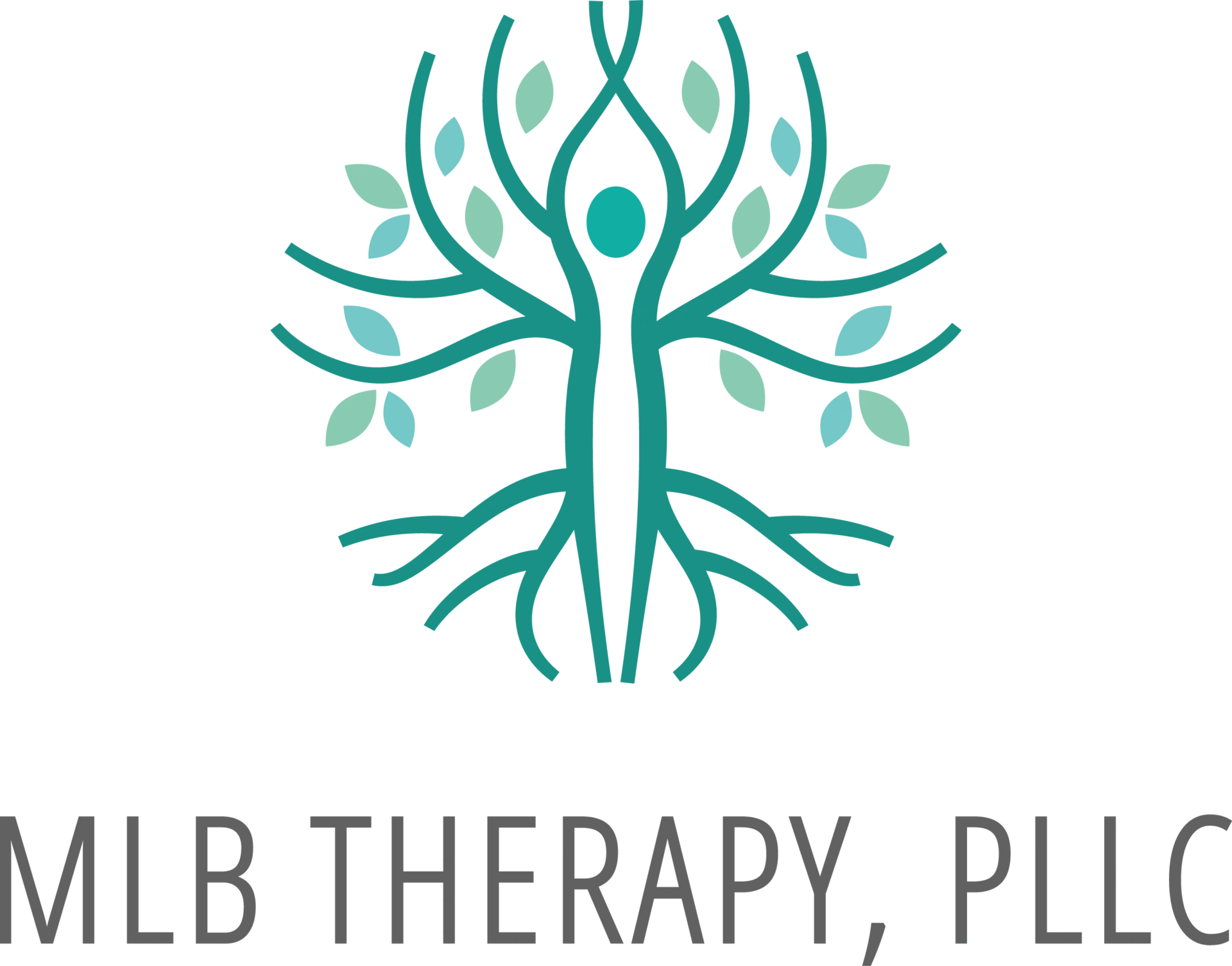What Are Common Types of Anxiety in Children and What Are the Signs?
To us adults, the life of a child can look like a walk in the park.
But… that’s not always how it feels to a child.
Although children don’t have the pressure of paying bills, holding down a job, or maintaining a good credit score, they still experience stress and anxiety in their own way.
It’s often hard to understand different types of anxiety in children because they don’t always make sense to an adult. Though, to safeguard your child’s mental health, it’s important to know what anxiety looks like for them.
Here are the types of anxiety that are most prevalent in children.
Situational “What If’s”
For both children and adults, it’s normal to experience anxiety every now and then. Think about times at work when you had a pressing deadline. The big question lurking in your mind was likely, “What if I don’t get it done?” When the project was complete, the anxiety lifted.
Children can experience the same sort of situational anxiety, except that it’s relative to them. For example, they may feel anxious about changing schools or an upcoming test, asking themselves, “What if I don’t get it right?”
Anxiety is an innate response to overwhelming situations. It often shows up in the form of worry, a temporary upset stomach, and trouble concentrating. Keep in mind that normal anxiety comes and goes. It doesn’t stick around.
Excessive Anxiety
Usually stuck in the mindset of worst-case scenarios, some types of anxiety can be debilitating for children who struggle excessively. Rather than experiencing a natural ebb and flow, their feelings of worry and concern can be borderline obsessive.
It’s like they have a worry switch that never fully gets turned off. They might think about their parents driving home from work, for example. Worrying they will get into an accident, the child begs the babysitter to call them more than once just to check-in.
Dealing with excessive anxiety, your child might experience frequent upset stomachs, headaches, fatigue, or tense muscles. Their general view of the world is that it’s an uncertain place that they dread.
Phobias of Specific Things
Phobias are types of anxiety most recognizable. For some, the mental picture of creepy-crawly spiders comes to mind as this is a well-known phobia.
When phobias plague a child, it can come in the form of situations, too. For instance, a common phobia is being afraid of heights. Your child may stay away from the jungle gym or rock climbing wall on the playground because of their intense fear of getting too high.
Social anxiety falls into this category as well. Children often avoid social situations or freeze up when they’re forced into one.
Phobias aren’t typically too difficult to identify. Your child will likely call attention to the fear pretty openly. What you’ll see if your child struggles with a phobia is an intense avoidance.
Panic Attacks
Like many adults, children experiencing a panic attack will sense their heart rate increase and might feel out of breath. It’s also not uncommon for them to feel lightheaded, like they’re losing control, or for their body to tremble.
This overwhelming sense of impending danger can last from a few minutes to a few hours. Some people even feel like they’re going to die. Panic attacks are types of anxiety that are undoubtedly debilitating. And it’s not just reserved for adults.
Children experience panic attacks, too. Sometimes, for no obvious reason. The feeling usually comes suddenly and lifts gradually.
Though the signs of a panic attack seem obvious in written form, they’re often difficult to diagnose in a child.
—
If you’re ready to help your child better manage their anxiety, please contact me. Together, we can formulate a game plan to navigate the challenges you and your family may face.
Do you need help with parenting your child who has anxiety? Click on this link for more information.
Are you interested in family therapy? If so, read more by clicking this link.
—
All images are used for illustrative purposes only. Any person shown is used as a model only.
